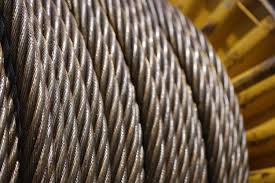Previous Article
Industrial Lubricants Forecast Report 2022
Next Article
Solve a problem, Sale would happen
You Might also Like

The Difference Between Synthetic Oil & Mineral Oil
December 27, 2021

Significance of viscosity index in lubricants
May 18, 2021
Related Stories
Next Up
Solve a problem, Sale would happen
January 11, 2019

















